Saif al-Arab
BANNED

- Joined
- Mar 26, 2015
- Messages
- 8,873
- Reaction score
- 5
- Country
- Location
KSA has a very rich marine life and a long beautiful and largely untouched coastline. For instance the Red Sea is home to the second largest coral reef in the world after the Great Barrier Reef in Australia.
 Al Wadj Bank, Saudi Arabia (NASA, International Space Station Science, 12/30/07) by NASA's Marshall Space Flight Center, on Flickr
Al Wadj Bank, Saudi Arabia (NASA, International Space Station Science, 12/30/07) by NASA's Marshall Space Flight Center, on Flickr

فرسان by Jazan Know, on Flickr

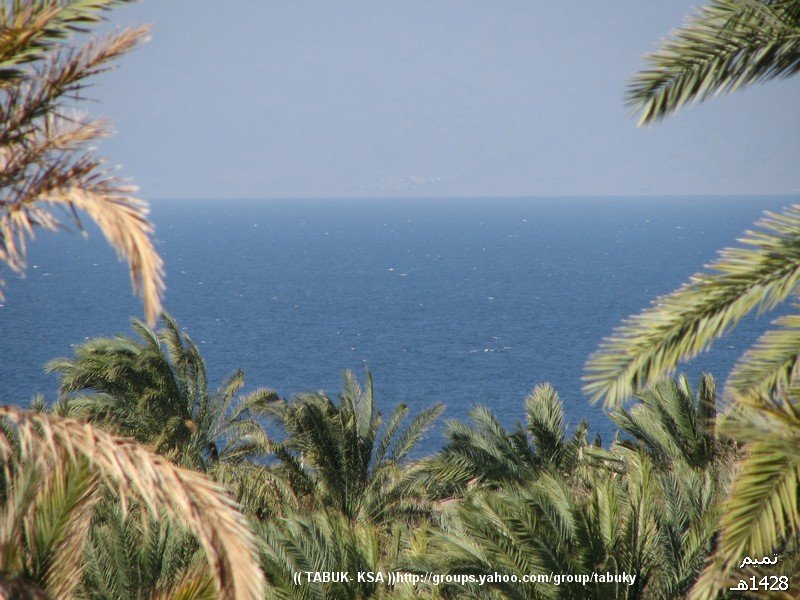
Tabuk area منطقة تبوك by tabuk تبوك, on Flickr




There are almost 2000 islands in KSA as well. The vast, vast majority are uninhabited. Most are found in the Red Sea.
In recent years several new volcanic islands have emerged in the Red Sea due to volcanic eruptions. More specifically in the waters close to KSA and Yemen. Most recently last year.
This video is 5 years old.
It's quite amazing really.
KAUST wrote a paper on the subject not long ago.
Plate separation births two volcanic islands | KAUST Discovery
Another article from another source.
Birth of two volcanic islands in the southern Red Sea : Nature Communications : Nature Publishing Group
http://www.diving-world.com/saudi.htm
https://en.wikipedia.org/wiki/Jacques_Cousteau
 Al Wadj Bank, Saudi Arabia (NASA, International Space Station Science, 12/30/07) by NASA's Marshall Space Flight Center, on Flickr
Al Wadj Bank, Saudi Arabia (NASA, International Space Station Science, 12/30/07) by NASA's Marshall Space Flight Center, on Flickr
فرسان by Jazan Know, on Flickr


Tabuk area منطقة تبوك by tabuk تبوك, on Flickr




In recent years several new volcanic islands have emerged in the Red Sea due to volcanic eruptions. More specifically in the waters close to KSA and Yemen. Most recently last year.
This video is 5 years old.
It's quite amazing really.
KAUST wrote a paper on the subject not long ago.
Plate separation births two volcanic islands | KAUST Discovery
Another article from another source.
Birth of two volcanic islands in the southern Red Sea : Nature Communications : Nature Publishing Group
During his first exploration of the Red Sea the legendary underwater explorer Jacques Yves Cousteau observed about the shorelines of Saudi Arabia and Sudan - "Life abounds in bank after bank of exuberant coral structures, second only to those of the Great Barrier Reef in extent and exceeding it perhaps in splendour. Here there is deep clarity, blazing colour, and active fauna".
For years cloaked in secrecy, the Kingdom of Saudi Arabia has exploded on to the tourist track. International Cultural Tourism has been evident for many years with groups coming from Japan, America and Europe. Saudi Arabia is now realising a national heritage and opening sustained dive tourism. Our Saudi Arabia dive trips are from Liveaboards and proving to be a great success. This is as a result of spectacular diving with newly discovered dive sites and an abundance of large pelagic activity both on our Yanbu and Farasan Banks itineraries, with several species of sharks including silkies, oceanics and tigers, as well as giant mantas.
It has been said that Saudi Arabia is one of diving's last frontiers, and it is a fact that very few westerners have ever been able to dive here. The appeal of diving almost untouched, barely explored reefs is undeniable. With an incredible variety of marine life and some of the most flourishing coral reefs to be found anywhere in the world - it is no wonder that so many famous explorers have dived here.
The Red Sea is rated as one of the top ten diving destinations in the world. Egypt, Sudan and Jordan offer fantastic diving, but how many of you have dived the Saudi Arabian Red Sea? How many of you know anyone who has? Without question, many if not most of the outer reefs in that region have never been dived. The diversity of marine life and fauna along the reefs really are quite exquisite and offer the diver a high quality and extremely memorable diving experience.
For years cloaked in secrecy, the Kingdom of Saudi Arabia has exploded on to the tourist track. International Cultural Tourism has been evident for many years with groups coming from Japan, America and Europe. Saudi Arabia is now realising a national heritage and opening sustained dive tourism. Our Saudi Arabia dive trips are from Liveaboards and proving to be a great success. This is as a result of spectacular diving with newly discovered dive sites and an abundance of large pelagic activity both on our Yanbu and Farasan Banks itineraries, with several species of sharks including silkies, oceanics and tigers, as well as giant mantas.
It has been said that Saudi Arabia is one of diving's last frontiers, and it is a fact that very few westerners have ever been able to dive here. The appeal of diving almost untouched, barely explored reefs is undeniable. With an incredible variety of marine life and some of the most flourishing coral reefs to be found anywhere in the world - it is no wonder that so many famous explorers have dived here.
The Red Sea is rated as one of the top ten diving destinations in the world. Egypt, Sudan and Jordan offer fantastic diving, but how many of you have dived the Saudi Arabian Red Sea? How many of you know anyone who has? Without question, many if not most of the outer reefs in that region have never been dived. The diversity of marine life and fauna along the reefs really are quite exquisite and offer the diver a high quality and extremely memorable diving experience.
http://www.diving-world.com/saudi.htm
https://en.wikipedia.org/wiki/Jacques_Cousteau

 جبل طيب اسم copy
جبل طيب اسم copy كشته بحريه
كشته بحريه شاطئ الخريبه
شاطئ الخريبه ١على الكورنيش
١على الكورنيش المويلح
المويلح قارب
قارب سياحه
سياحه ...
...
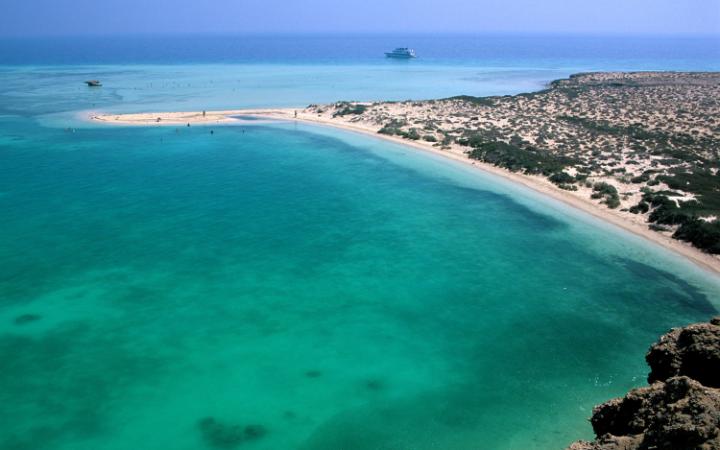








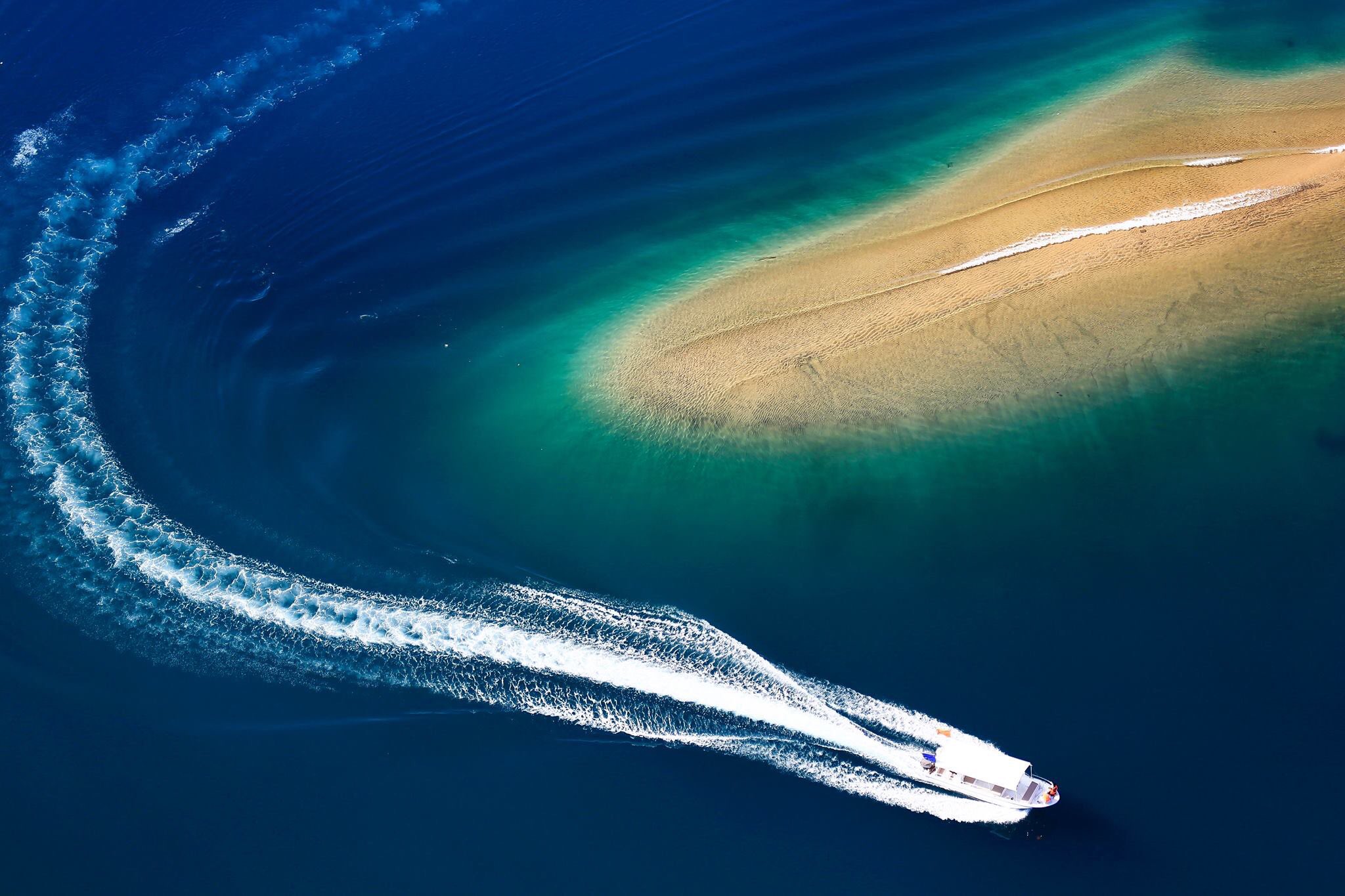








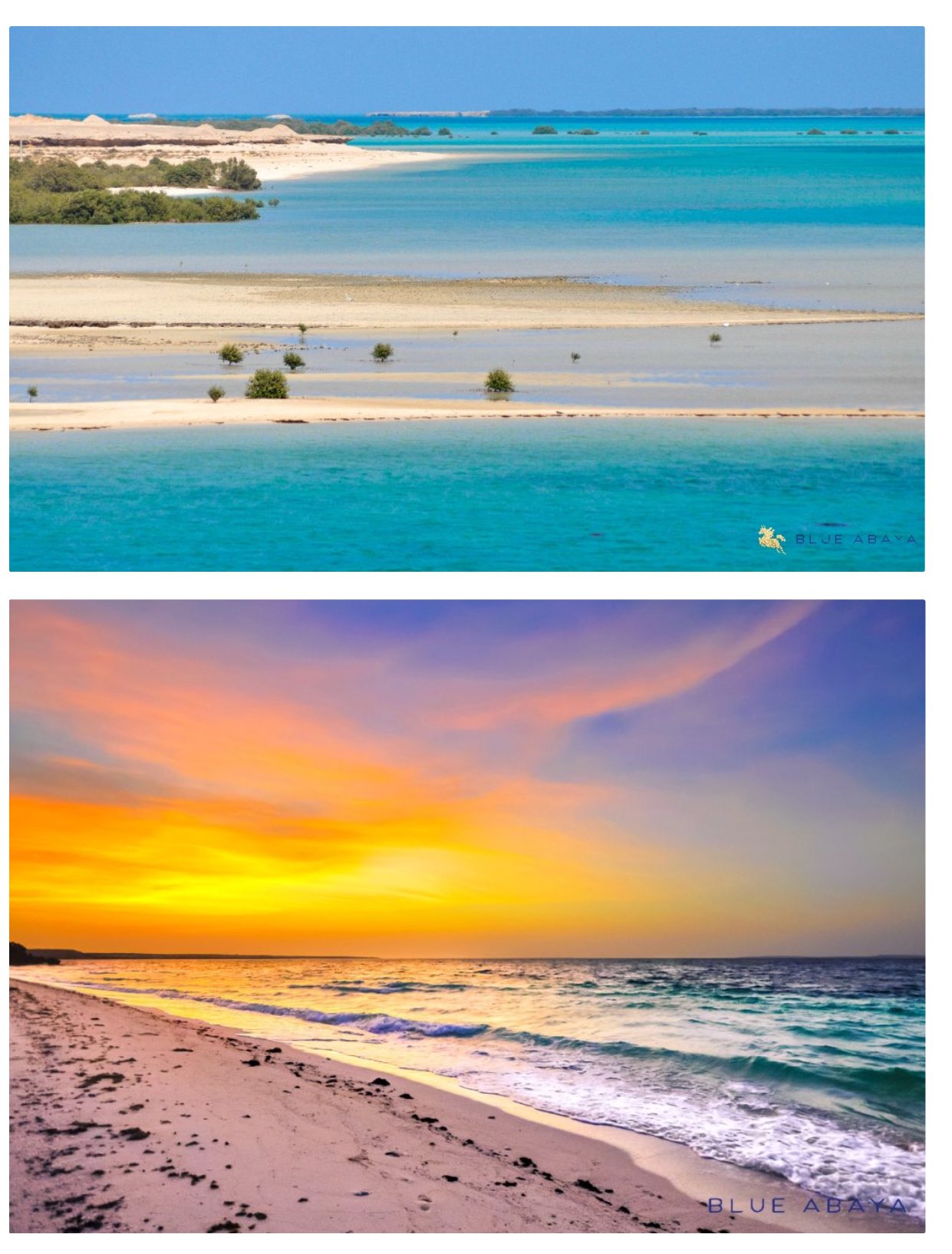






















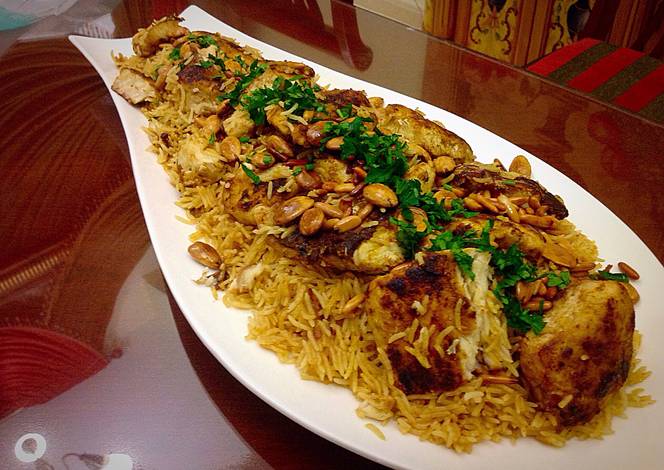
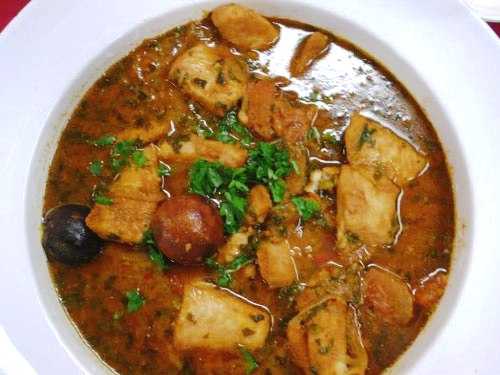


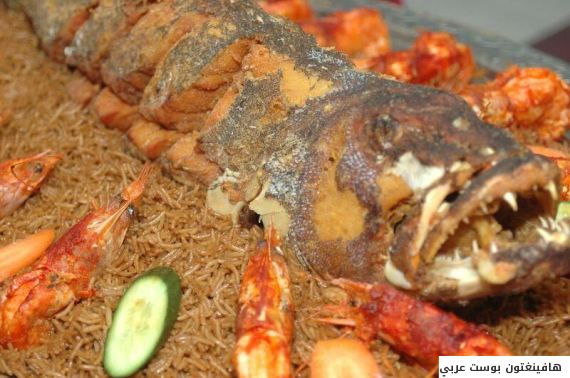



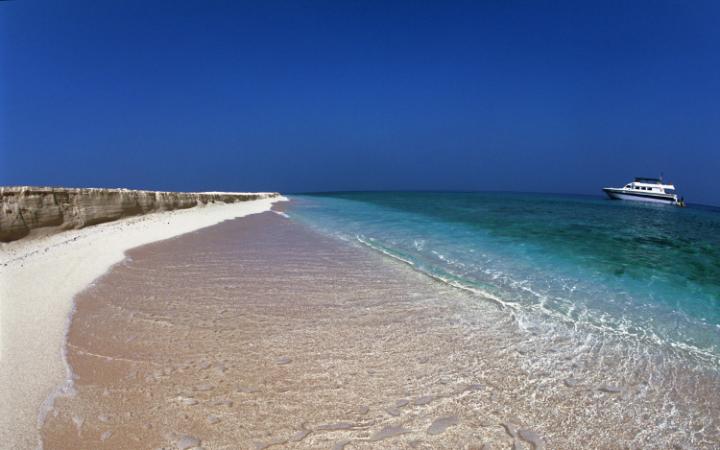





 Ras Tanura Beach
Ras Tanura Beach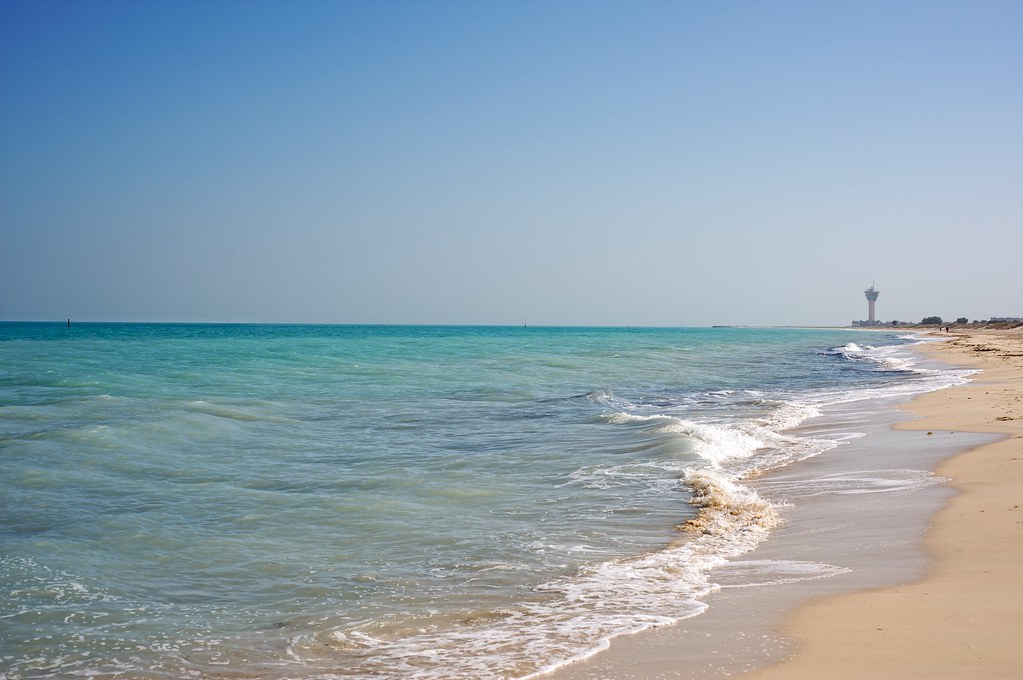 Beaches of Saudi Arabia - Ras Tanura
Beaches of Saudi Arabia - Ras Tanura
